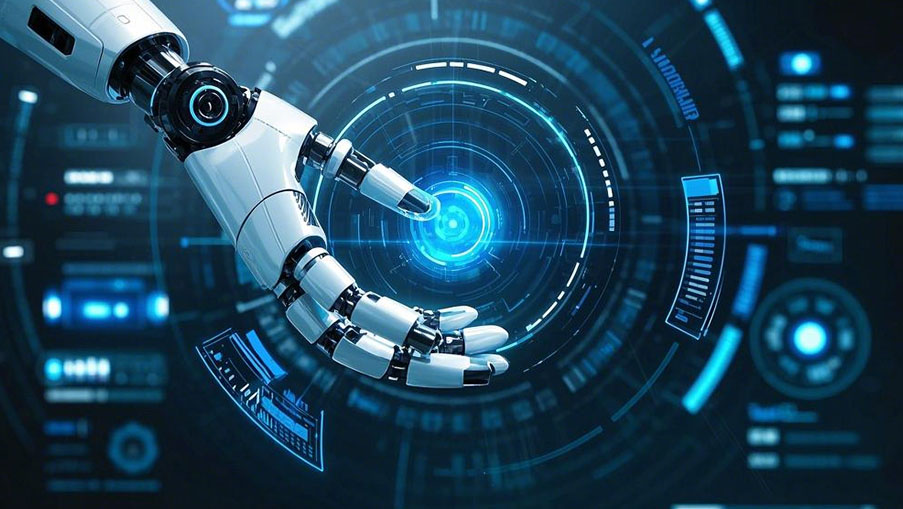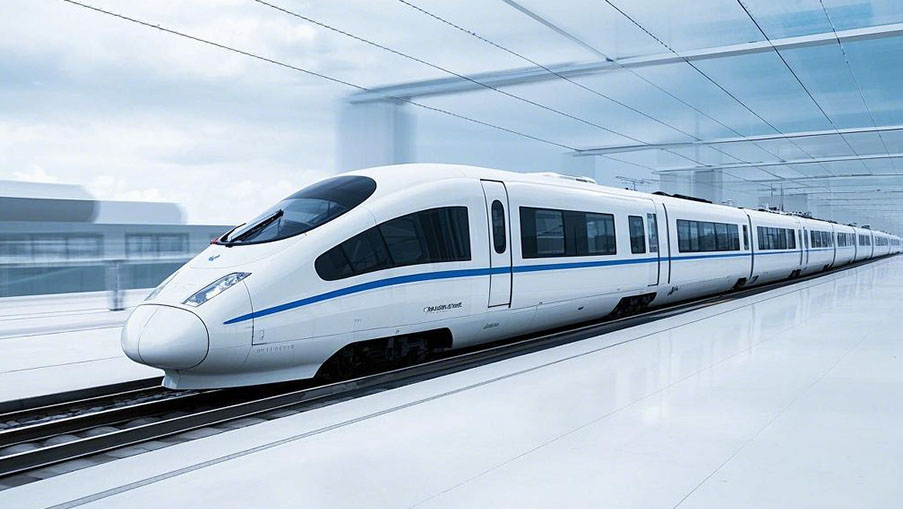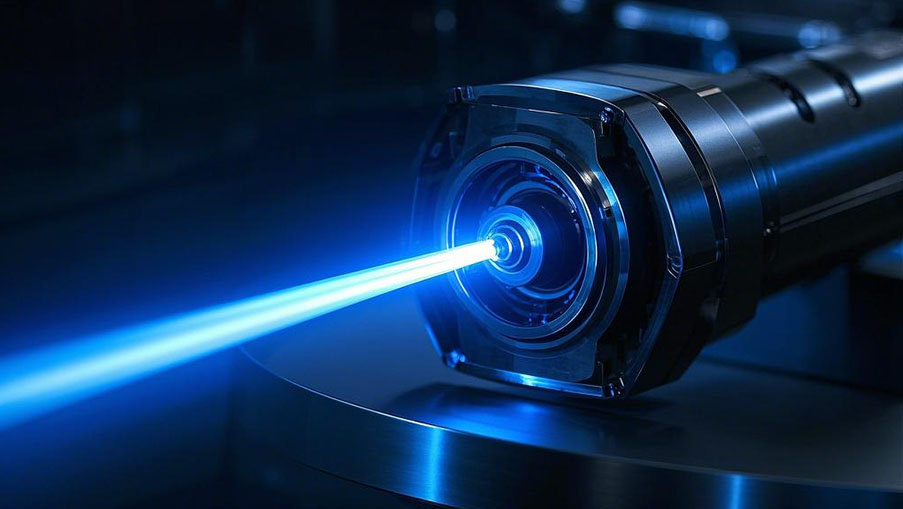站点地图
In recent years, China's laser cladding service industry has shown a steady growth trend, driven by technological innovation and market demand, the industry has entered a key stage of improving quality and efficiency. As an important part of advanced manufacturing technology, laser cladding achieves accurate repair and strengthening of metal surface through the synergistic effect of high-energy laser beam and alloy powder, which is widely used in rail transit, aerospace, energy equipment and other fields, providing support for the green and intelligent development of industrial field.
Market status: Technology upgrading and application expansion At present, China's laser cladding service market is experiencing a double change of technology iteration and industrial integration. With the improvement of laser performance and optimization of process parameters, the industry has broken through the traditional application boundaries, extending from a single metal repair to the preparation of high-performance coatings for complex structural parts. The application of new materials such as low alloy steel, titanium alloy and aluminum alloy has further expanded the scope of application of the technology, especially in the field of high value-added demand has increased significantly. At the policy level, the orientation of green manufacturing and circular economy has provided strong support for the development of the industry. Compared with the traditional surface treatment process, laser cladding has the advantages of low energy consumption, less pollution and high material utilization rate, which is in line with the national strategic direction of energy conservation and emission reduction. At the same time, technology upgrades in downstream industries such as high-end equipment manufacturing and new energy continue to release the demand for high-performance surface treatment and promote the steady expansion of the market size.
Competition pattern: Chinese laser cladding service market presents a diversified competition pattern, and local enterprises gradually narrow the gap with the international advanced level through independent research and development and technology introduction. Some enterprises have mastered key technologies such as core process parameter optimization and intelligent path planning, and developed customized solutions suitable for complex working conditions. From the perspective of regional distribution, manufacturing intensive areas such as the Yangtze River Delta and the Pearl River Delta are still the main players in the market, and enterprises rely on the advantages of industrial clusters to form a complete industrial chain from equipment research and development to service application. It is worth noting that the scale of enterprises in the industry is mainly small and medium-sized, and most enterprises focus on the deep cultivation of technology in the subdivision field. With the intensification of market competition, technological innovation ability and service response speed have become important manifestations of the core competitiveness of enterprises. Some leading enterprises accelerate the engineering application of new technologies through industry-university-research cooperation and promote the improvement of the overall technical level of the industry.
Development prospects: Technology deepening and market expansion can be expected in the future, the laser cladding service industry will deepen its development around the following directions:
1. Technology integration and intelligent upgrade Combined with 3D printing technology, laser cladding can realize the rapid manufacturing and repair of complex parts to meet the needs of precision parts in aerospace and other fields. The introduction of intelligent equipment, such as the application of visual guidance systems and AI algorithms, will further improve the processing accuracy and efficiency, and reduce the cost of manual intervention.
2. Breakthrough of new materials and new processes The research and development of new materials such as nanocomposite coatings and superalloy coatings will expand the application scenarios of laser cladding in extreme environments. For example, in nuclear power, chemical and other fields, the improvement of corrosion resistance and high temperature resistance will significantly extend the life of equipment.
3. Green manufacturing and circular economy deepening With the promotion of the "double carbon" goal, the advantages of laser cladding in the field of remanufacturing will be further highlighted. Through the efficient restoration of used parts, the industry will help the manufacturing industry reduce resource consumption and promote the popularization of the circular economy model.
4. Emerging market demand releases the rapid development of new energy vehicles, semiconductors and other fields, bringing new opportunities for laser cladding. For example, the sealing of the battery shell and the precision treatment of the chip heat dissipation structure will become a new growth point for the industry. Despite promising prospects, the industry still faces challenges such as lack of technical standardization and shortage of high-end talents. Therefore, it is necessary to strengthen the construction of industry standard system and promote the standardization of process parameters and detection methods. At the same time, strengthen personnel training, encourage school-enterprise cooperation, and cultivate composite technical talents with both theoretical basis and practical ability.
In 2024, China's laser cladding service industry will continue to deepen in the resonance of technological innovation and market demand. With the continuous expansion of application fields and the steady improvement of process level, the industry is expected to usher in a broader space for development, and inject new momentum into the high-quality development of China's manufacturing industry.













0 条评论
网友评论仅供其表达个人看法,并不表明本站立场。